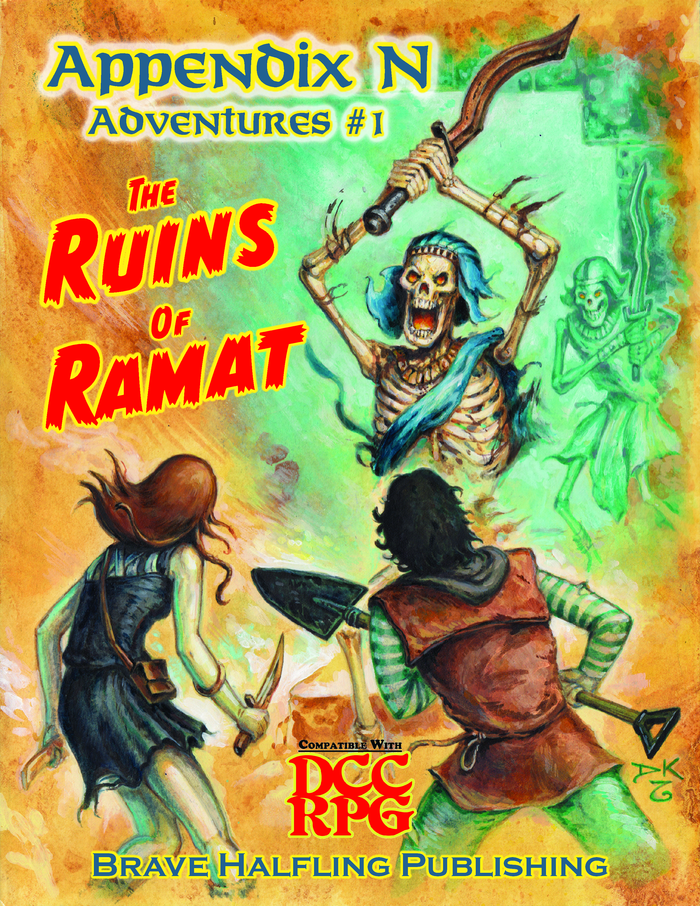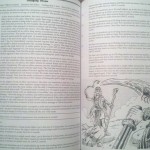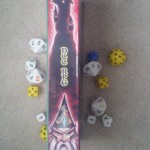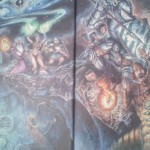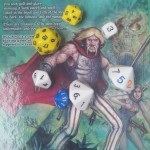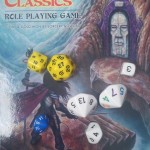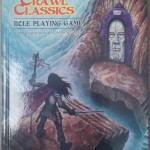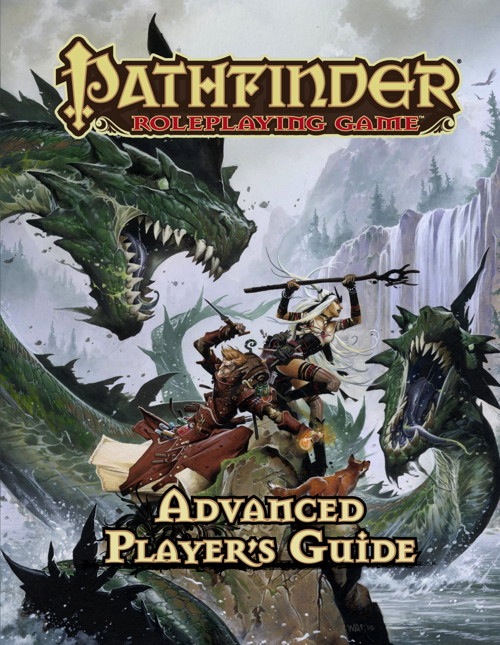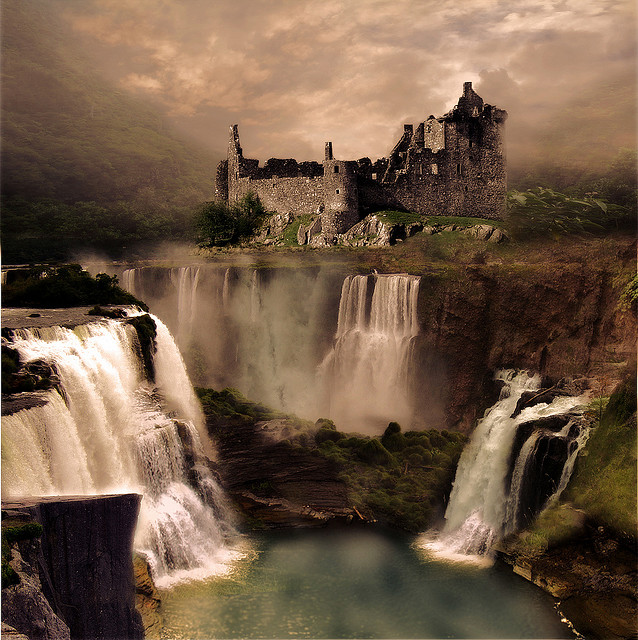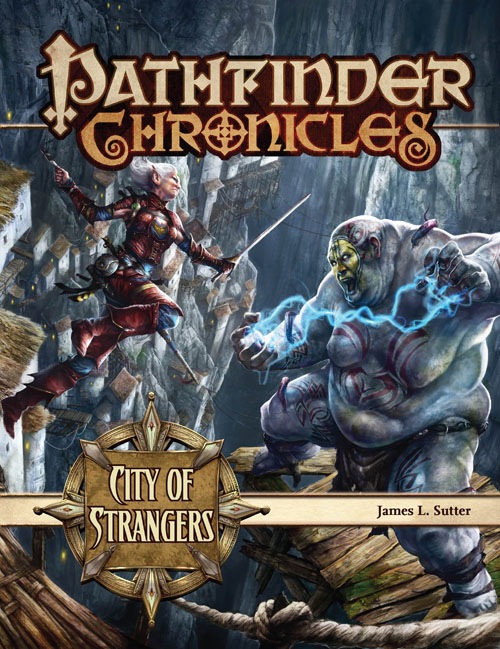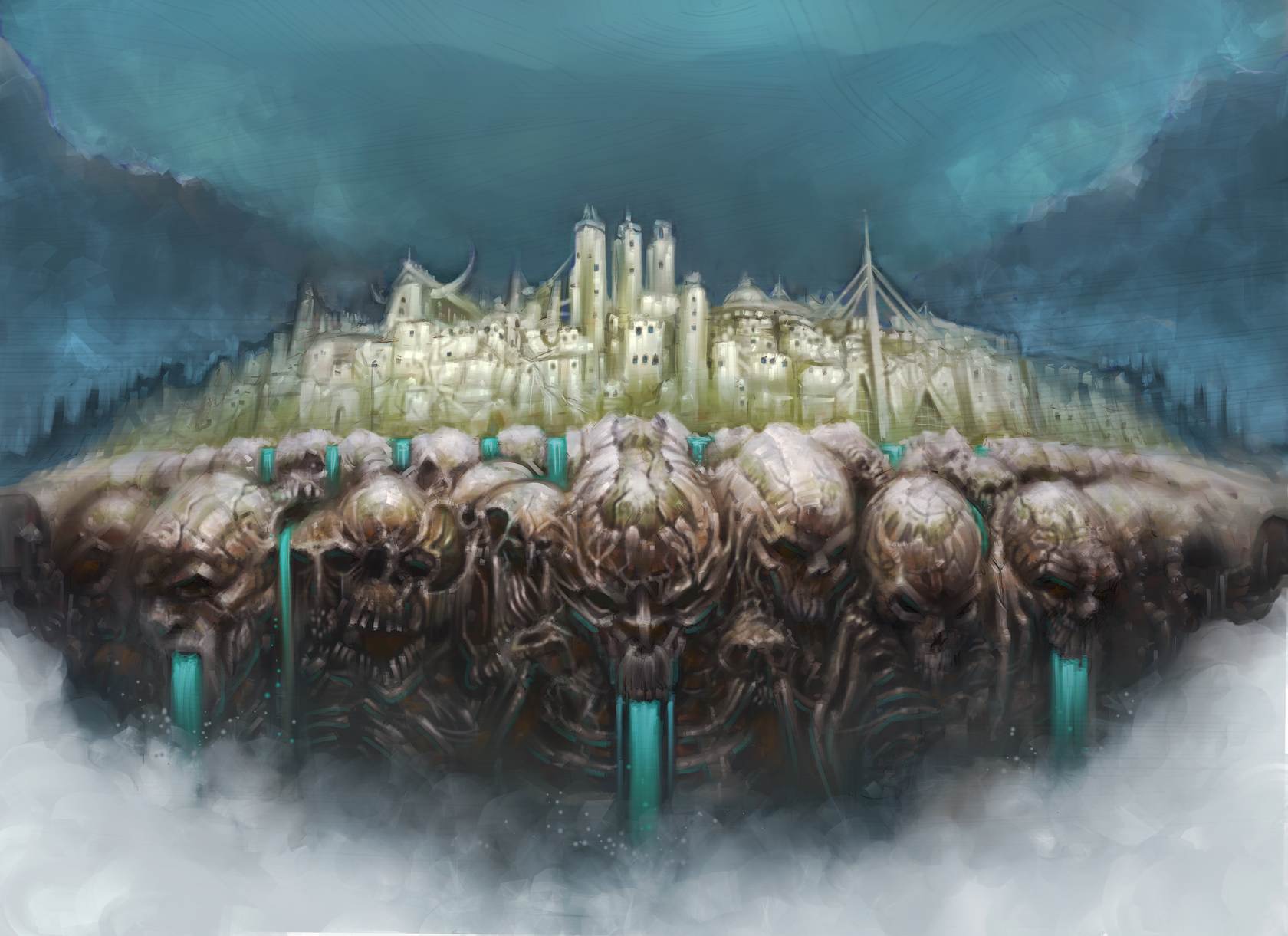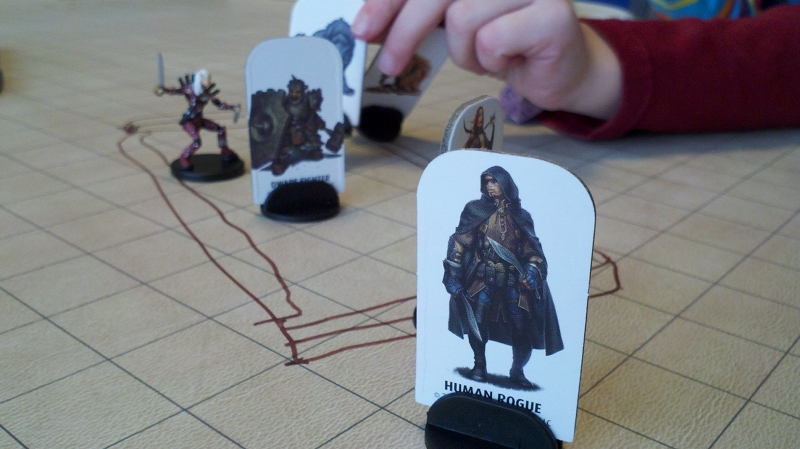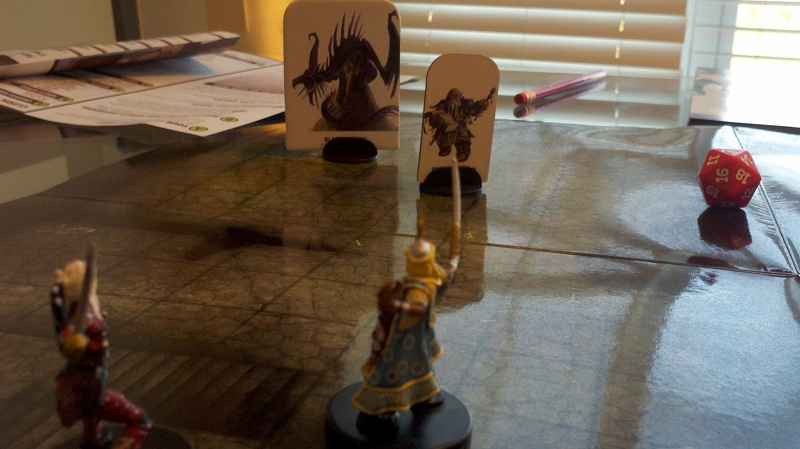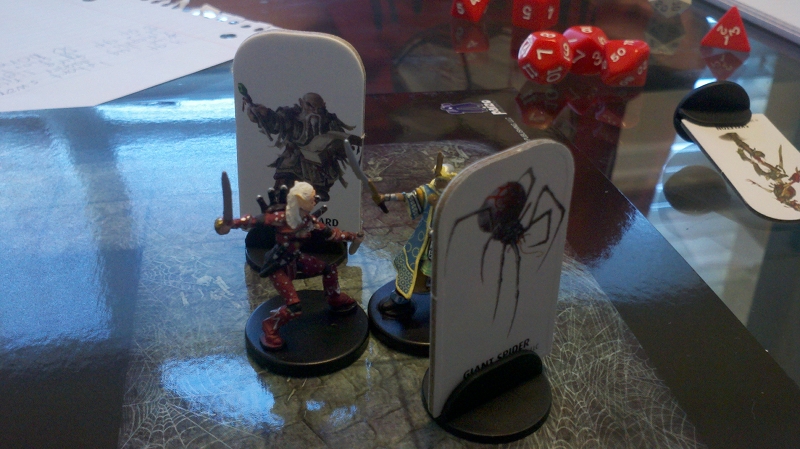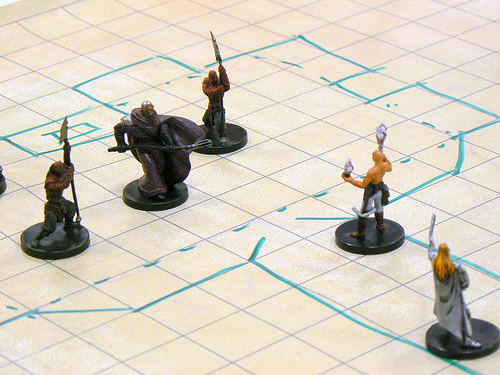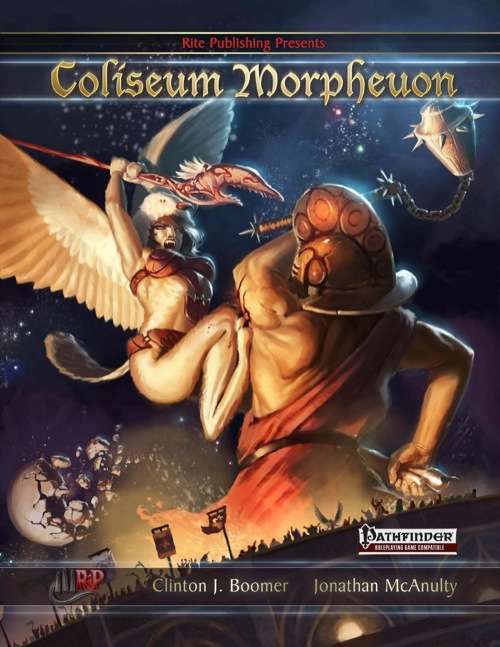 Authors: Clinton Boomer, Jonathan McAnulty
Authors: Clinton Boomer, Jonathan McAnulty
Publisher: Rite Publishing
Price: Print – $31.49 / PDF $17.49 / Electronic Bundle $15.94
Pages: 122, Softcover
Tankard Rating: 5/5
Coliseum Morpheuon presented by Rite Publishing is a mini-campaign setting for the Pathfinder ruleset. It also includes a mini-adventure for 16th to 20th level characters. The setting is designed to be dropped into any campaign setting you may be using and details the Plane of Dreams. Regardless of whether you play in Golarion, your own homebrewed setting or any other published setting, Coliseum Morpheuon is easy to fit into an existing campaign world.
The setting covers the Plane of Dreams. The plane is ever-changing and one’s experience with the plane can easily vary from one trip to it to another. Gravity is subjective, time can be erratic, the environment can morph, yet magic tends to work normally – save for when it doesn’t.
The opening chapter of the book covers several of the regions of the plane with areas such as The Idle Isles of Daydream, The Ghoulish Cliffs, The Halls of Painted Heaven, The Slumbering Sea and more. Some attention is also paid to how one enters the Plane of Dreams.
Chapter Two covers the currency of dreams in the Plane of Dreams. In this realm dreams can almost be a form of currency separated in various levels depending on whether a dream is a Hope, Aspiration or Goal. Mechanically one can burn a dream much like one might use action or hero points in a game. Besides burning a dream a character can sacrifice a dream for greater effect, though this destroys the dream.
This chapter also includes several new traits for characters who enter the Plane of Dreams that relate to this new mechanic. For GMs that might feel dreamburning is too much for their game they also provide a short list of alternatives to dreamburning.
Chapter Three is dedicated to the Denizens one might find in the Plane of Dreams. This plan offers greater variety of life than most other planar realms. The book starts with covering the type of creatures, such as Constructs, Fey, Dragons, etc. Some brief information is given about each type, commonality and other tidbits of information. From here the chapter moves into specific creatures to the Plane of dreams with full bestiary style entries.
Chapter Four moves to cover The Island of The Coliseum Morpheuon. While the Plane of Dreams has a large number of changing environs the rest of the book focuses on this Island. The Khan of Nightmares oversees this island and it is legendary for its hosting of gladiatorial competitions that draw people from a myriad of locations.
The history of the island is discussed as well as the society of the island. More detail is given to the Great Coliseum that lives on the island and the various parts that make up the Coliseum. Later in the chapter some of the surrounding areas of the island are given some additional detail. The chapter closes with several additional adventure seeds for use by GMs planning to use the Plane of Dreams in some form.
Chapter Five provides a much closer look at the denizens of the Coliseum itself. This chapter does a good job of outlining how these denizens relate to each other and then much more detailed bestiary style entries appear later in the chapter.
Chapter Six contains an overview of the Epoch, an grand tournament that takes place at the Coliseum. This chapter provides some background, plot hooks to weave into the contest itself and information on the benefactors that the PCs may find themselves aligned with or struggling against.
The remaining chapters of the book are primarily related to the higher level adventure a GM can drop in to their campaign. From how the player characters receive their invitation, to the various tests and trials of the event and the last chapter addressing some of the secrets of the Coliseum to help the GM develop and engaging game.
And finally the Appendix includes two possible rival groups for the party to encounter during the tests and the third Appendix contains pre-generated characters.
I found the Coliseum Morpheuon a very engaging setting. One of the parts I really liked was that this mini-campaign can really be used in nearly any campaign setting you happen to be playing in. It does not matter whether you are running a game in Golarion, Forgotten Realms, Greyhawk or your own homebrew, there is room to drop this setting in to open up a whole new arena of play.
There are a lot of interesting campaign settings out there, but if you already have a game underway in one, it makes it difficult to do any real integration with another setting. But with Coliseum Morpheuon it can easily be used within a campaign you might already have running.
The included adventure also acts as a perfect end cap to an adventure path or any other long running campaign you might have wrapping up. As campaigns reach the winding down stage around 17th or 18th level the GM is often left with little option to continue another few levels. With the Plane of Dreams there is a whole new interesting area to explore, likely different than anything else the group has done before.
I also found the dreamburning mechanic interesting and different enough to add some spice to those later levels in campaigns. The thought of consuming your dreams for benefit or having dreams stolen was very intriguing and opened up several story ideas for me as I read about the concept.
A GM that was aware of this campaign setting could also easily work various side plots and such into their game even from the low levels. There are several ways to involve lower level characters into brief forays into the Plane of Dreams.
Overall I found this book a very good read. I believe it could provide a GM with an entire Plane to explore in –depth or simply provide a way for GMs to make brief excursions into the realm. The included adventure is a perfect way to cap off an adventure path once it has come to completion. So whether you use the mini-campaign setting in its entirety or in bits and pieces there is something for any GM to use.
The book is available in print and PDF at Paizo or Cubicle 7. A bundle option is available from DriveThruRPG that includes PDFs of Coliseum Morpheuon, four map packs, and paper minis.
Tankard Rating
5 tankards out of 5 tankards
Note: The Iron Tavern was provided a review copy of this book.


